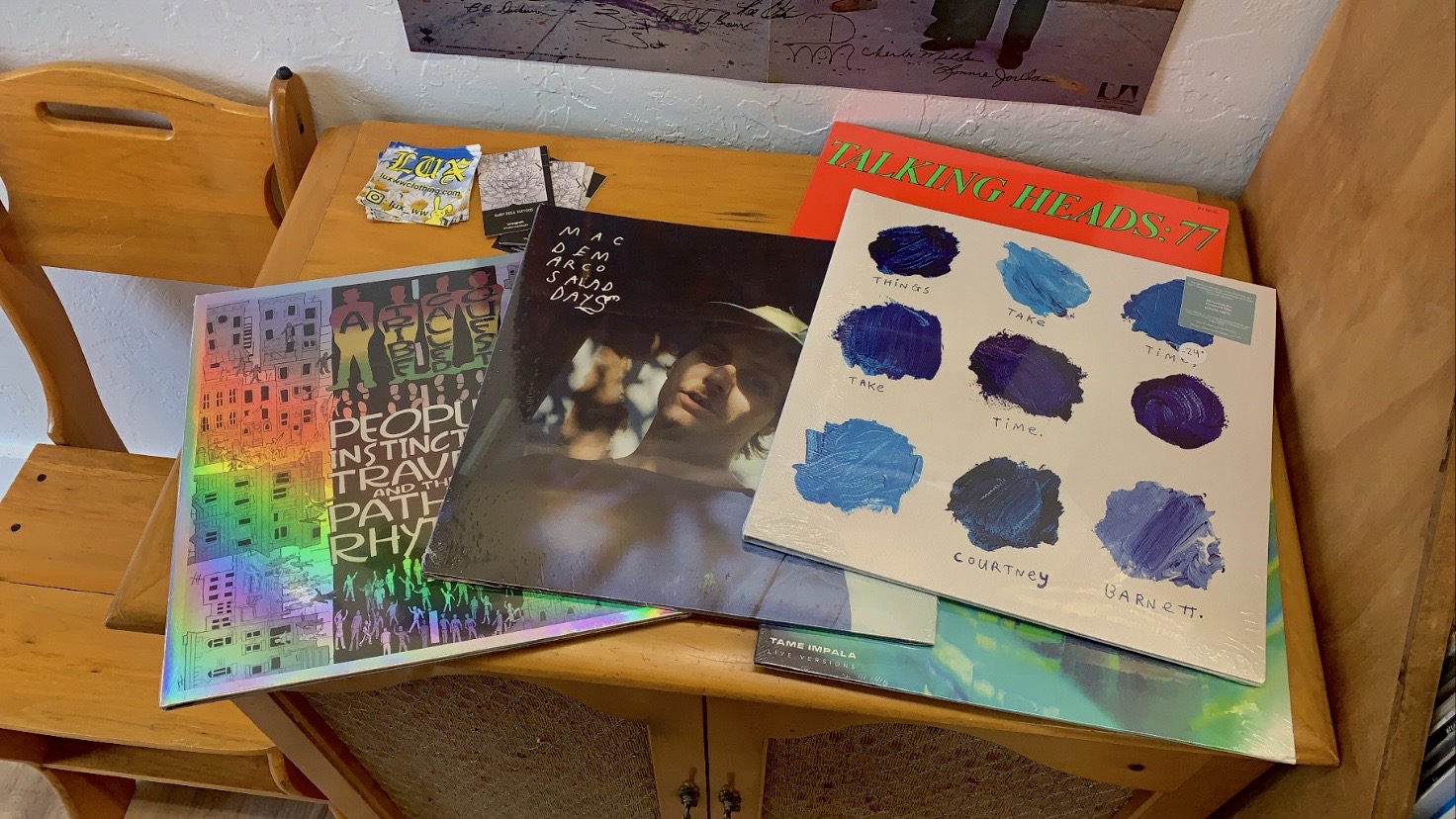It’s time we do a little history lesson to dive deeper into the many eras that vinyls have been through. It all began with the phonograph. In 1877, Thomas Edison (yes, the inventor of the light bulb, motion picture camera, telephone and telegraph) figured out a way to record sounds using tinfoil coated cylinders. From then on, inventors from around the world were taking this idea and running with it. The progress went from cylinders to discs and they gained knowledge on how to cost-effectively produce the sound machines.
Since their emergence vinyl record sales had been consistently growing. Part of this is attributed to the excitement of being able to play recorded sounds. Hearing music off a record player is often articulated as having a “warm sound”. They became so popular during the mid-twentieth century because people were able to listen to music at a higher quality than what they were used to.
In terms of advertising, record players were marketed to a mass audience through promoting their latest technological advancements. The major record labels of the time (examples are RCA Victor, Columbia and Mercury) began producing content that aimed to convince the consumer of the high quality sound they would get upon purchasing their record player. I came across a Smithsonian Magazine article published in 2018 where they talk about the many forms of advertising that appealed to their consumer audiences at the time. The commonality of advertising for record players included: vibrant colors, bold lettering, compelling anecdotes related to the sound experience, recordings of “day in the life” sounds or classical music and modern graphic design.
“These eye-catching design elements became an important part of the record companies’ visual branding. All were deployed to grab the attention of customers and help them visualize how stereo worked. Now they’ve become celebrated examples of midcentury album cover art.”
Multiple examples embedded within this article show the classic advertising methods of record players when they were first popularized. The visual representation of these throwbacks that struck me the most was a 7-minute video produced by RCA Victor. This video was aired on TV and labeled as a “stereo demonstration.” The video showed the marketing manager of RCA Victor talking about the sound and superiority of their record players. There were many musical examples which most likely proved to be very effective in capturing their audience’s attention.
Comparing and contrasting advertisements today to decades before is intriguing because, in many ways, they are very similar. They have the common factors of appealing to the audience’s emotion through wow-factor, sincere tones and facts for credibility. The vibrancy catches the eyes of many and can bring attention to their brand image. The next time you hear from me, I’ll be talking about how record sales got to where they are today. Stay tuned (with my blog and your tunes).
